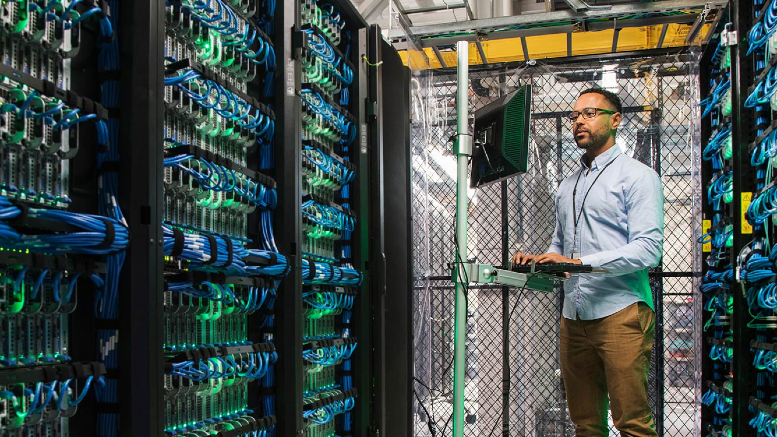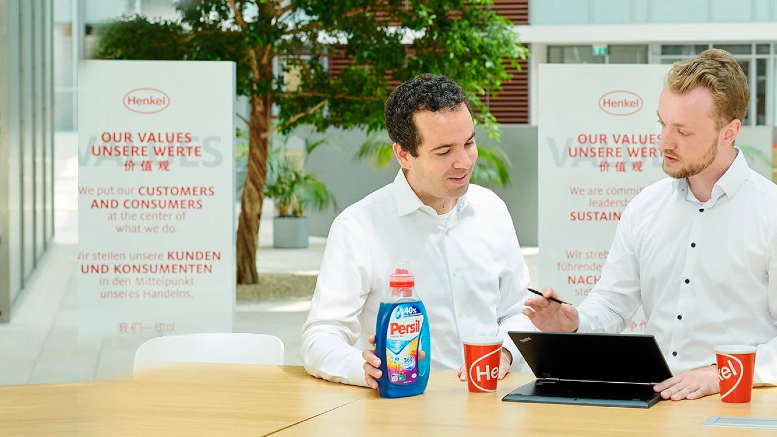Where to apply AI for maximum impact: Lessons from four client stories
October 16, 2025 / Chris Bennett
Short on time? Read the key takeaways:
- AI adoption works best when tied to specific operational pain points: slow modernization, IT support bottlenecks or inefficient processes.
- Organizations across industries are achieving measurable returns, from $5.5M in additional revenue to 166,250 hours saved annually.
- Success follows a pattern: identify the constraint, apply AI to remove it and measure the impact.
Your competitors are cutting application modernization timelines in half. They're resolving IT issues in minutes instead of hours. They're processing in five minutes what used to take 30.
Organizations face a common challenge: modernizing and operating the technology foundation that runs their business. With AI grabbing headlines and hopes, here are examples that showcase organizations realizing real value to inspire your own initiatives. Here’s what that looks like in practice.
Accelerate application modernization
The expression “speed is of the essence” proves true in business, where project, solution and feature delays can cost your organization clients and profits. Speeding up application modernization was a major priority for NI, an automated test and measurement systems division within Emerson’s Test & Measurement business group.
NI prioritized modernizing hundreds of applications with a goal of reducing technical debt while maintaining smooth operations. Unisys built a generative AI-driven automation assistant framework built on OpenAI’s Assistant and GPT-40 models.
NI gained intelligent code modernization by automating manual modernization processes, including code quality checks, documentation and deployment. Because we built it as an Eclipse-based plugin, NI developers could integrate it into their workflows. This initiative also empowered product teams to manage modernization tasks, freeing up developer time even more – a crucial advantage with the IT talent gap.
The lesson: When developer capacity is your constraint, AI can multiply your team's output without expanding headcount.
Minimize IT support delays
To optimize workforce productivity, your employees need to avoid downtime caused by technology issues. They rely on IT support to respond quickly to their service tickets so they can return to their work tasks.
Global beverage leader Heineken sought a way to effectively resolve its support tickets without IT support having to always travel to on-site locations to do so. The company deployed the Unisys Next-Generation Service Desk, which combines real-time insights, automation and generative AI to advance IT support.
By making self-service available, Heineken decreased tickets for status updates and password reset requests by 20%. Plus, 60% more employees choose to resolve issues with support chat rather than phone calls for a lower cost per contact.
A global biotech leader also benefited from AI-powered IT support after seeking a technology solution to juggle the support requirements of 14,000 employees using 25,000 laptops and desktops, 5,700 cloud PCs and 14,000 mobile devices.
The company automated service delivery with Next-Generation Service Desk and Unisys AI solutions, which streamlined operations. AI makes it easier to manage hardware assets, along with solutions like Unisys Field Services for walk-up tech cafes.
As a result, employees can get back to work faster if they experience IT issues. This is a significant productivity boost and even more meaningful when you know that this company develops treatments for cancer and other serious diseases. More productivity means more time for crucial research and the possibility of getting treatments to market faster.
The lesson: When support capacity is your constraint, AI can break the linear relationship between employee count and support costs while improving resolution times.
Automate business processes
All organizations run on processes, and most want them to run more smoothly. For MAB Kargo, the air cargo arm and subsidiary of the Malaysia Aviation Group, those processes keep cargo moving to more than 100 destinations worldwide. The company implemented Unisys Logistics Optimization, which uses pretrained AI models, quantum computing and classical computing to configure cargo more efficiently.
MAB Kargo automates manual planning processes, with the AI models considering weight, product-specific handling requirements, delivery service level agreements (SLAs) and other factors to build cost-efficient cargo plans. In the project’s first phase, the company raised capacity utilization by 5% for approximately $5.5 million in potential additional revenue annually. What used to take 30 minutes to plan now takes employees five minutes, saving them 166,250 hours a year.
The lesson: When process efficiency is your constraint, AI can optimize at a scale and speed impossible for manual approaches, directly impacting revenue.
Create AI wins for your organization
These four examples share a pattern: identify a specific constraint, apply AI to remove it and measure the results.
Your AI strategy should follow the same approach. What's your binding constraint? Where does the work queue up? Which bottleneck, if removed, would have the greatest impact on revenue or productivity?
The organizations moving fastest on AI deploy it strategically, where constraints limit growth. That focus delivers measurable returns and builds momentum for broader adoption.
These three constraint patterns appear repeatedly across industries. Identifying which one affects your organization most will point you toward your highest-impact AI initiatives.
Check out our “Modernize your apps, cloud and data with agentic AI” POV and if you’re ready to create your success story, learn about Artificial Intelligence solutions from Unisys.




















